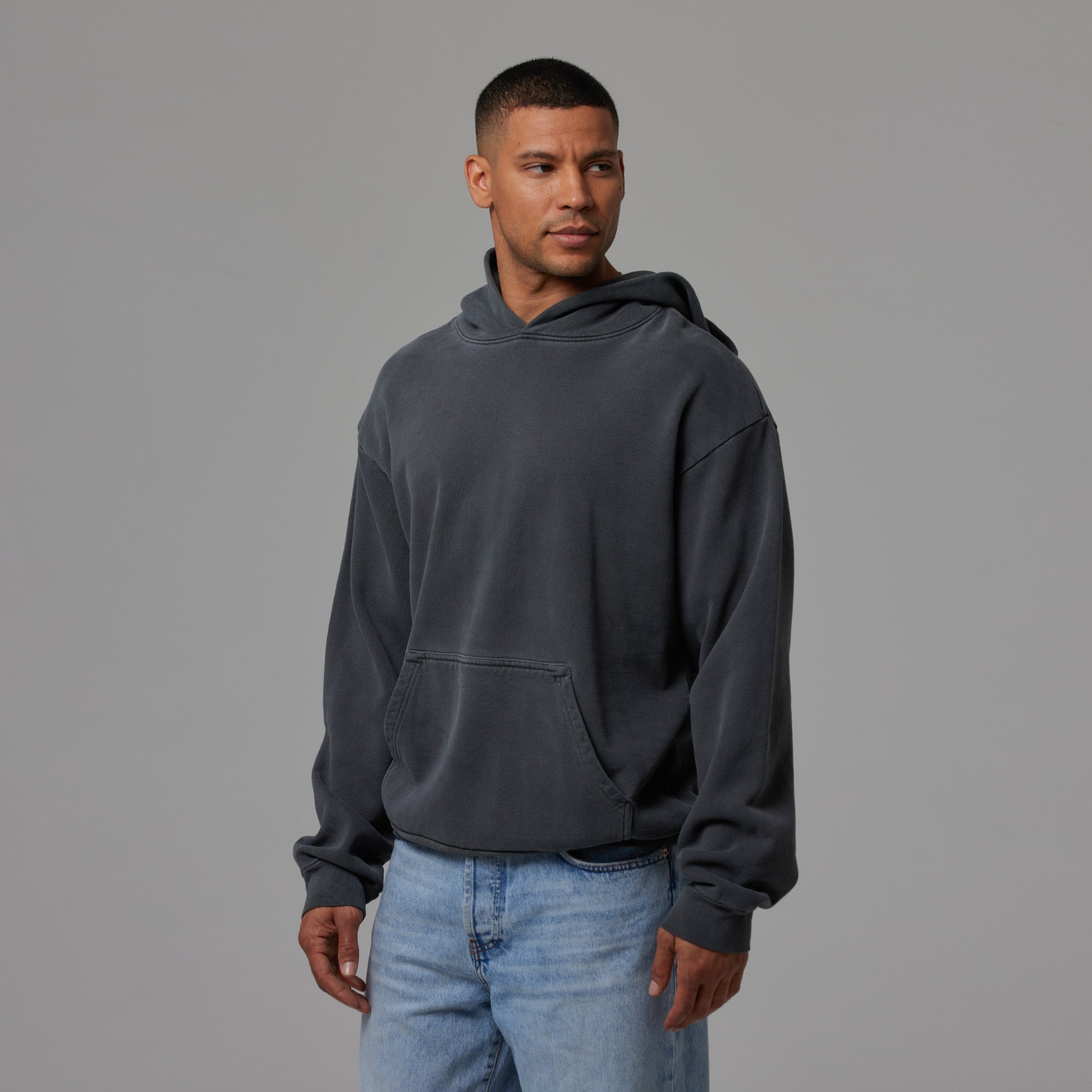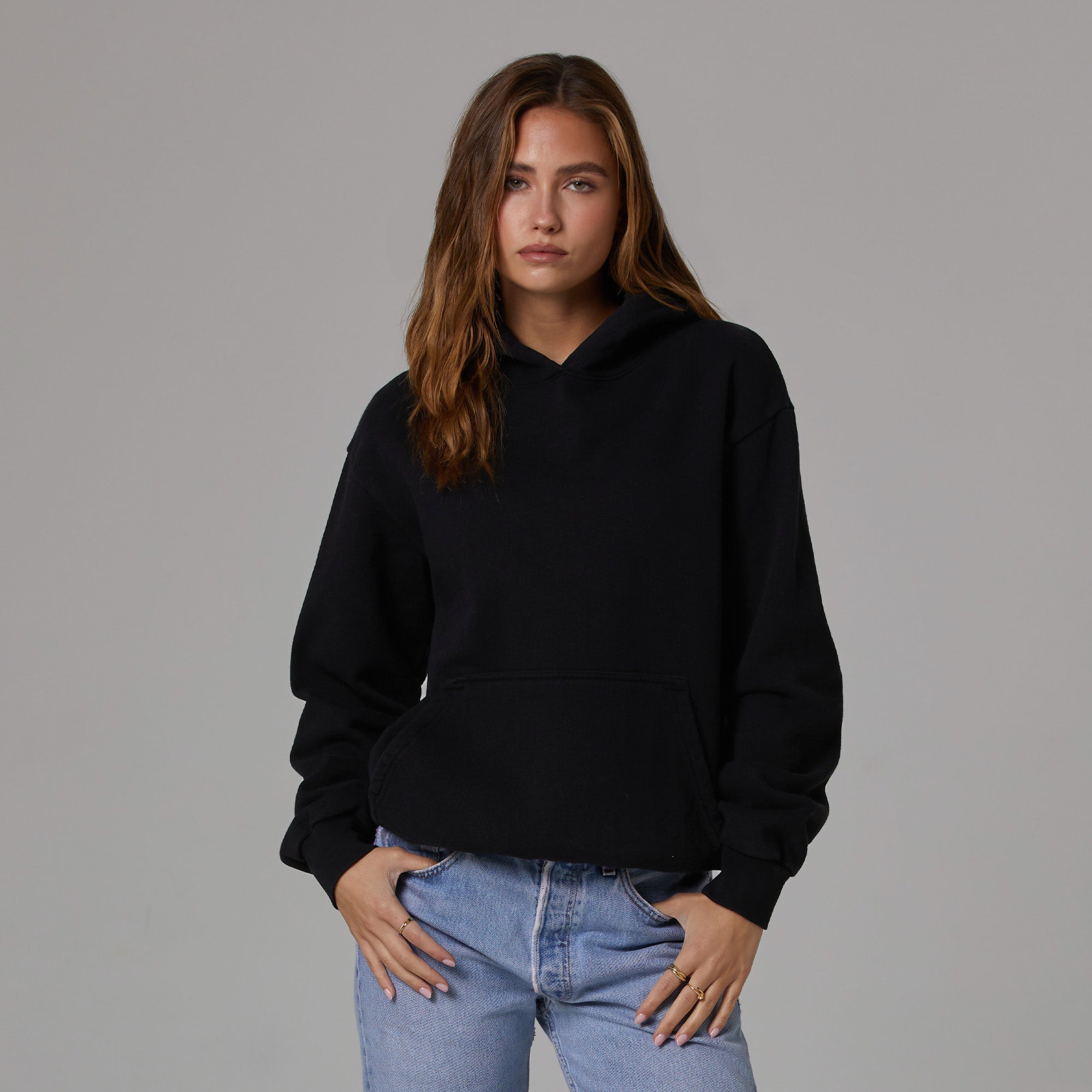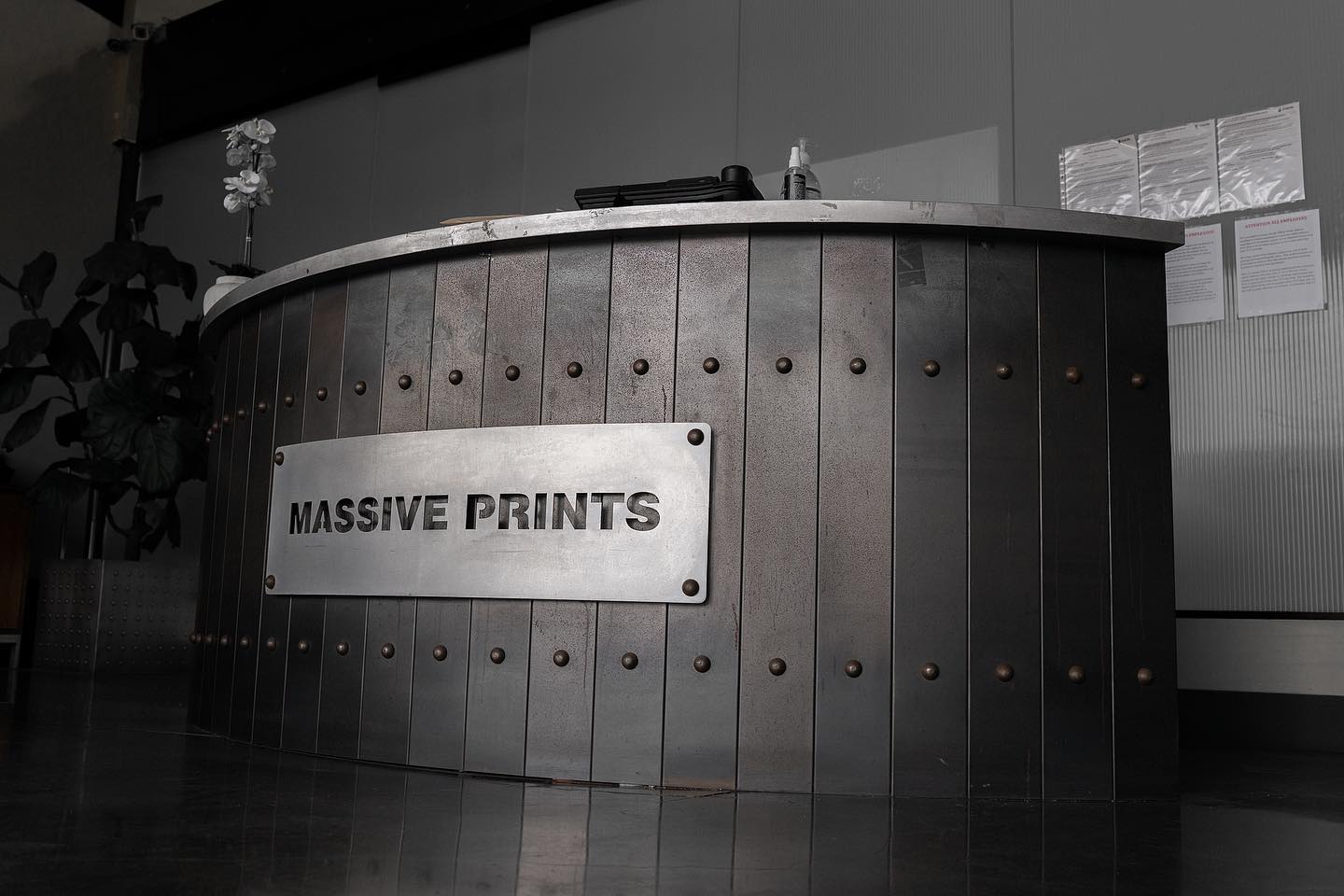25 Years of quality garments
Shopping cart
Cart announcement text
Cookie consent
We use cookies and similar technologies to provide the best experience on our website. Refer to our Privacy Policy for more information.



